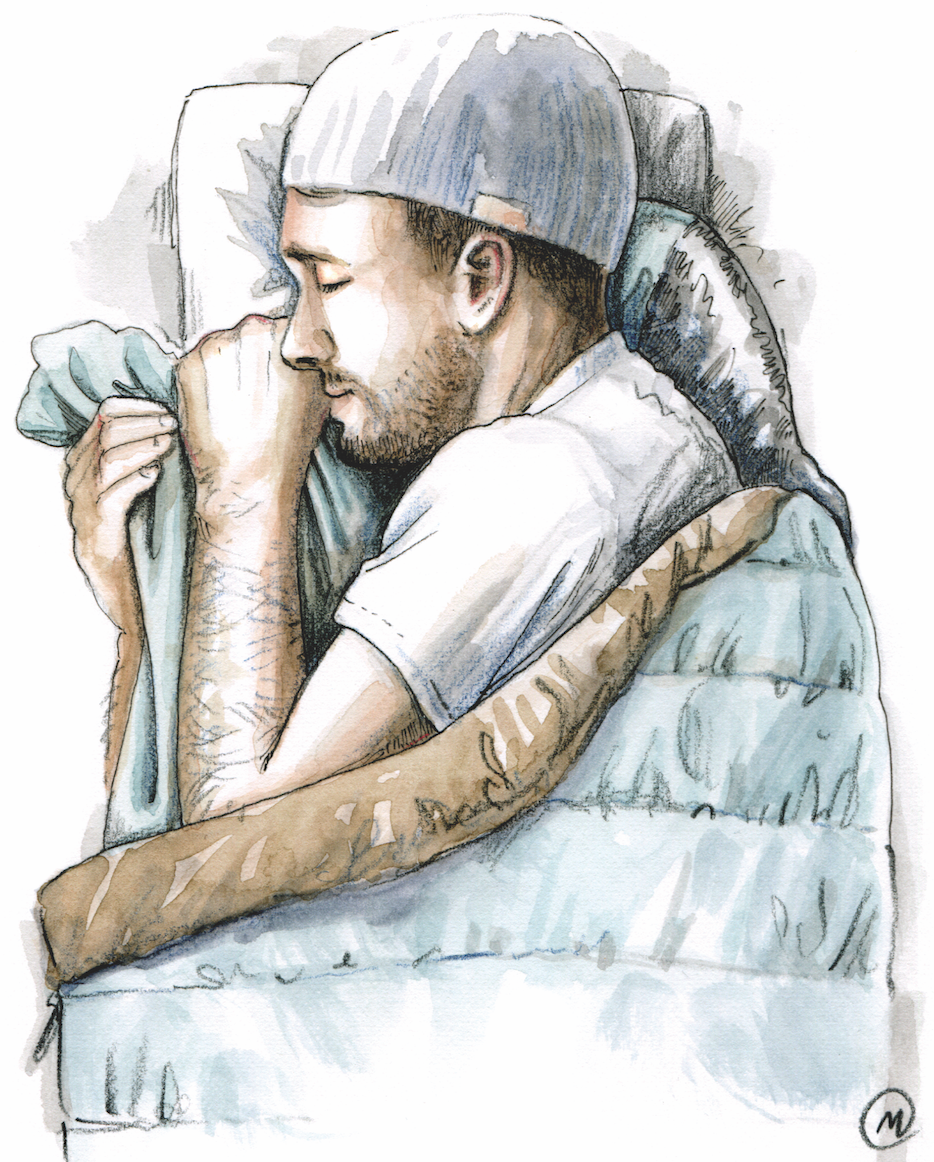The Secret to Sleeping Outside? Get the Right Bag.

'Mike Carina'
This is so much better than hypothermia. That’s what went through my mind before I nodded off to sleep on a 25°F March night on Mt. San Jacinto in California, 16 years ago. I lay, cozied up in my REI Co-op Sub Kilo, in my tent atop several feet of snow. Until that moment, I’d never realized that spending a freezing night in the wilderness could be so easy.
Then, I was still a backcountry neophyte. For most of my life, I’d spent all my free time playing soccer. But after my second ACL surgery, my doctors told me my field time was over. I needed a new activity, and backpacking didn’t appear to involve much quick, lateral movement. Plus, I’d just read an issue of BACKPACKER that made me want to explore the landscapes of the West.
My first trip, to Horseshoe Mesa in Arizona just three months before that night on San Jacinto, was a disaster. Temps dropped into the 30s, and the old synthetic bag I got from my university’s outdoor club was probably good down to 60°F by the time I checked it out of the gear library. (Adding insult to injury, my girlfriend refused to zip our sleeping bags together because hers “worked just fine.”)
Upon my return to civilization, I started researching new bags. I built detailed tables, accounting for baffle design and denier (unlike backpacking, spreadsheets were something my education had prepared me for). Finally, I settled on one that seemed to offer the perfect balance of warmth, weight, and budget: the 20°F, down Sub Kilo. I spent the night in an REI parking lot to ensure I was first in line to purchase the bag of my dreams at a used-gear sale.
A few weeks later, I was snuggling into the bag on Mt. San Jacinto. When I awoke, warm and refreshed, an entire new world had opened up overnight. I could now camp in Yosemite in fall, or Joshua Tree in winter. Many years and many bags later, wilderness camping has become an essential part of my life. You can have a great pack or pair of boots, but the key part of “sleeping outside” is actually sleeping. And if you can do that, the world is yours.